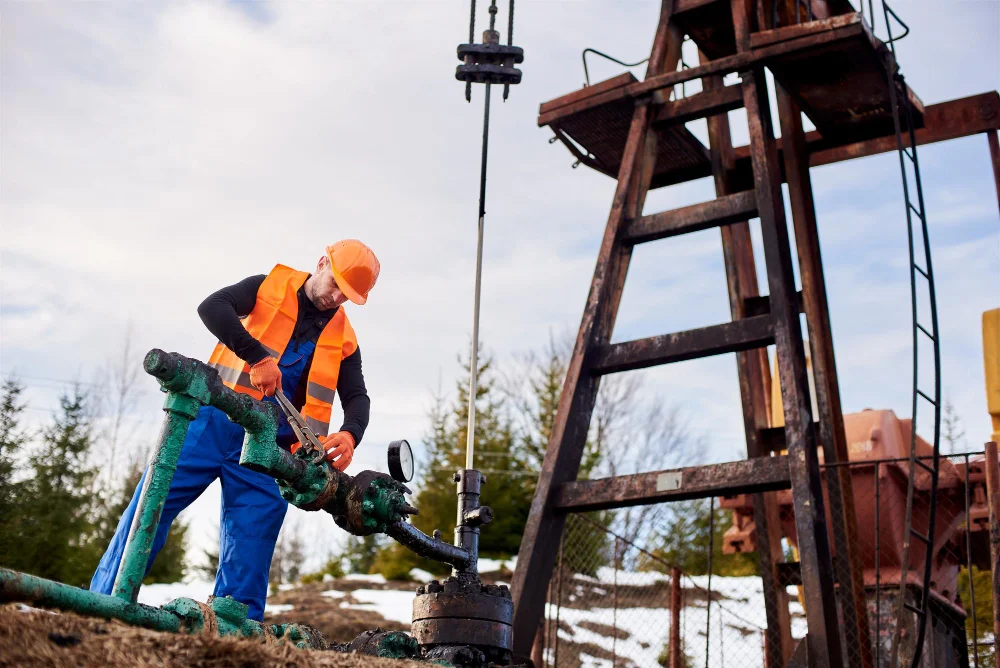This page gives operators and supervisors clear, field-tested steps for setting up carriers, choosing the right head and teeth, and running effective cutting patterns in real ground conditions.
The goal is simple, faster production with fewer stoppages and a clean finish that meets permit and audit expectations.
Each section explains why the step matters, what to check, and how to adjust when conditions change. Use these guides during planning, at the pre start briefing, and as a quick reference in the cab. When crews share the same method and language, sites run smoother and handovers stay clean.

Getting the setup right makes everything that follows easier. Proper hydraulic flow, correct pressure, and a matched head keep the rotor in its power band and reduce heat, vibration, and wear. Balanced carriers track straighter on slopes and produce a consistent mulch layer that protects soil and slows regrowth. Daily checks catch small issues before they become breakdowns. Most importantly, a predictable setup lets the operator focus on line choice, feed control, and finish quality.
For a full pre shift process, see pre operation checks before large scale mulching missions.
Start with the carrier, because hydraulic health decides whether the head can do its job. Confirm the carrier has the flow and pressure the head requires, then verify quick couplers, case drain, and return lines are clean and correctly seated.
Set pressure relief to the manufacturer value and check that cooling packs and screens are clean, since mulching throws fine debris that can starve airflow. Ballast and track tension should match the ground, with low ground pressure targets on soft soils. A short warm up cycle brings oil to operating temperature so readings are meaningful before the first cut.
If you are matching head and carrier behavior, compare layouts in key differences in drive systems for industrial mulchers.
A correct configuration protects the system and keeps the rotor in its power band, which means smoother feed, cleaner chips, and less heat. When the carrier is balanced and the hydraulics are stable, the operator can manage material rather than fight the machine. Capture the setup in your daily sheet so the next shift can reproduce the result without guesswork.
For load and temperature habits that save fuel, use heavy duty mulcher fuel efficiency, 7 proven tips.
Choose the head and teeth for the material you will face, not just what is on the trailer. Drum heads with carbide teeth tolerate mixed and dirty conditions, while sharp steel teeth excel in clean hardwood or softwood where a fine finish matters. Tooth pattern affects bite and chip size, and worn teeth drive up power draw and heat while throwing ragged chips. Set cutting height to protect soil and root mats in sensitive ground, and confirm that front door and curtains allow controlled feed for the species on site. Keep a spare set of teeth, hardware, and the correct torque tool ready to shorten cleanout stops.
Right tool, right finish, fewer passes. When head and teeth suit the stand, feed becomes predictable and the machine stays efficient. Operators waste less time fighting jams or smoking bearings, and supervisors see a consistent surface that meets erosion control and visual standards.
For a complete decision framework, see choosing the right attachment for vegetation type.
Technique turns setup into production. Plan patterns around slope, wind, and exit routes, then cut with a steady feed that keeps the rotor loaded without stalling. Work along contour on grades, leave safe turn pockets, and avoid pushing a snowplow of material that can lift the head. Use overlap that matches the head width to avoid strips and spikes. In sensitive zones, lighter passes with a second finish pass often produce a better surface with less soil disturbance than one heavy push.
Good patterns shorten the job and protect the ground. Crews move together with fewer hand signals, spotters can predict the next move, and the surface left behind is easier to inspect and to maintain. Document the day’s pattern on your map so repeat visits start ahead of the curve.
For detailed moves and overlap rules, use strategic cutting patterns to improve land coverage.
Even with a perfect setup, sites change through the day. Oil heats up, wind shifts, and the stand moves from brush to mixed woody material. Operators who read these signals and adjust quickly keep production steady and avoid heat soak, jammed heads, or poor finish. This section focuses on fine control, finish standards, and fast troubleshooting that gets you back to cutting with minimal downtime.

Mulching generates heat quickly, so control engine speed, rotor load, and cleanouts to keep temperatures in range. Run at an engine speed that holds hydraulic pressure and rotor speed under load, then pace feed to the bite your teeth can handle. Watch hydraulic and engine temperatures and schedule short cleanouts that clear coolers and the head before temperatures drift up. In a brush that packs easily, a lighter first pass followed by a finish pass often runs cooler and faster than trying to eat everything in one go. When temperatures climb near limits, slow, clean, and give airflow a chance to recover.
Heat is the quiet job killer. Managing load and air keeps seals healthy, oil strong, and operators sharp. A few minutes for cleanout and cool down saves hours of downtime and extends service intervals between component swaps.
For setup that reduces heat on abrasive sites, see how mulchers perform in rocky or uneven terrain.
Finish is more than how it looks, it affects erosion, access, and regrowth. Aim for a consistent two to three inch mulch layer in areas that need soil protection and moisture retention. Keep mineral soil covered on slopes and near water, and feather edges where the corridor meets standing vegetation to prevent a visible trench. In access lanes, leave a firmer surface by making a final pass that lifts the head slightly and sheds loose chips to the side. Photograph start and finish with reference stakes to document compliance with permits and the client specification.
A good finish reduces call backs, keeps inspectors on your side, and makes the next maintenance cycle faster. When the ground is protected and edges are clean, crews can return with light maintenance rather than heavy rework.
Downtime happens, but fast, calm troubleshooting puts you back in the cut. Start with safety, lockout tagout and verify zero energy before hands go near the head. For poor cutting, check tooth sharpness and pattern, then look for packed material in the chamber. For vibration, inspect teeth, rotor balance, and mounts. For hydraulic heat, clean coolers and screens, check fan operation, then review feed rate and technique. Keep a small kit of common wear parts and the correct torque tools so swaps are clean and quick.
For quick answers and diagrams, visit the help center.
Troubleshooting is a skill you can script. Teach the sequence, stock the kit, and write the fix on the daily sheet so the next operator learns from the event. Crews that diagnose well lose fewer hours and protect the machine investment every shift.
Turn these guides into a daily method your crew can follow without guesswork.
Grab a ready to use operator checklist that covers setup, hydraulic targets, head and tooth selection, cutting patterns, slope rules, and end of shift checks. It prints on a single page, lives in the cab, and keeps briefings short while raising consistency across shifts.
If you want it tailored to your carrier, head, vegetation type, slope, and finish standard, tell us a few details and we will send back a version mapped to your site.
When everyone works from the same checklist, production climbs, incidents drop, and audits stay calm.
To provide the best experiences, we use technologies such as cookies to store and/or access device information. Consenting to these technologies will allow us to process data such as browsing behavior or unique IDs on this site. Failure to consent or withdrawing consent may adversely affect certain features and functions.